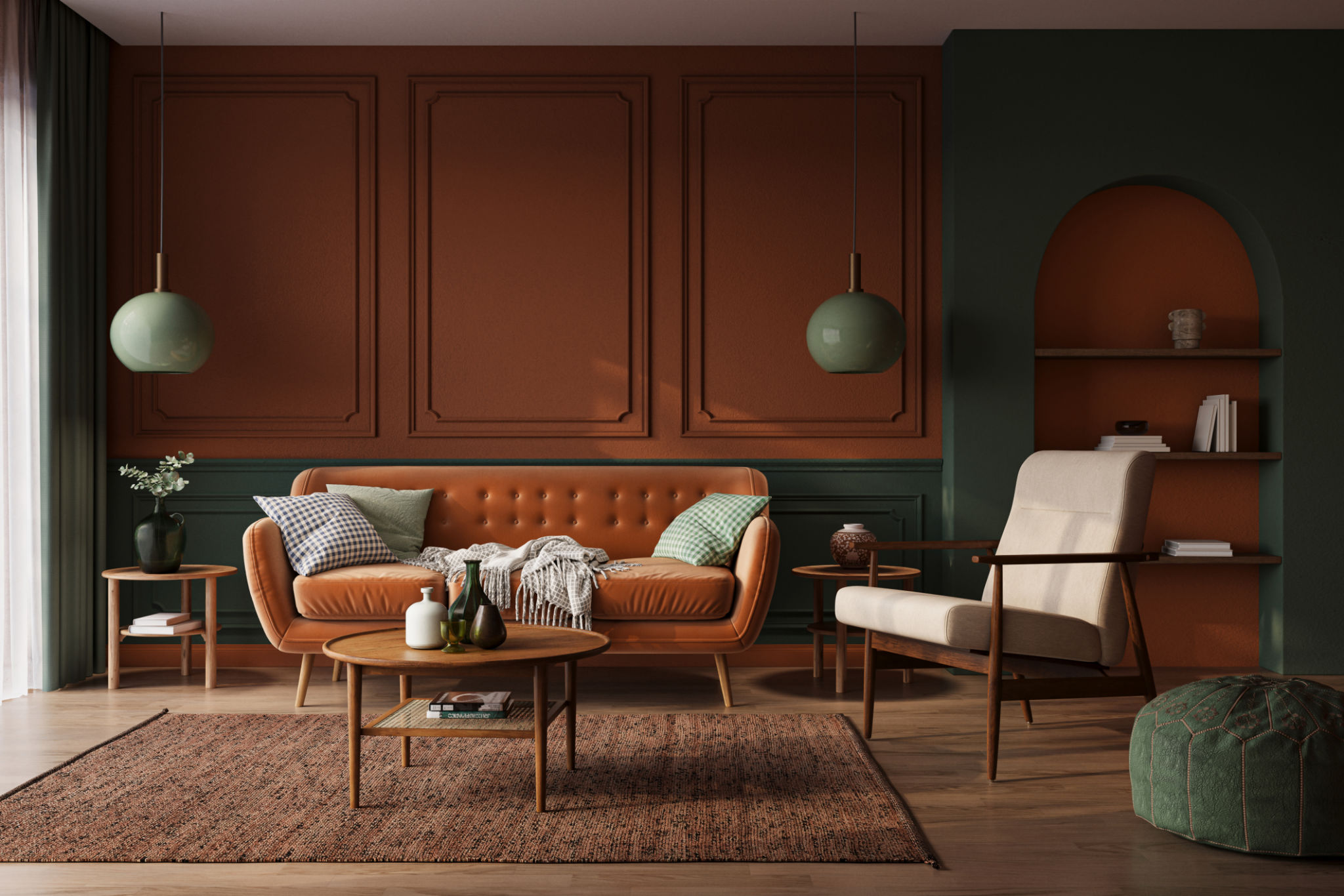Understanding Building Material Trends: Innovations in Door and Window Design
Introduction to Modern Door and Window Design
In recent years, the building materials industry has witnessed significant advancements, particularly in the realm of door and window design. These elements, often considered the gateways to our homes and buildings, have evolved from purely functional components to stylish, energy-efficient features that enhance architectural aesthetics.
As technology progresses, so do the materials and designs that shape our living spaces. Understanding these trends is crucial for architects, builders, and homeowners who aim to make informed choices that align with modern standards and preferences.

Emphasis on Energy Efficiency
One of the most prominent trends in door and window design is the focus on energy efficiency. With increasing awareness of environmental impact and rising energy costs, there is a growing demand for products that help reduce energy consumption.
Innovations like triple-glazing, low-emissivity coatings, and thermal break technology are becoming standard in high-quality windows. These features are designed to minimize heat loss during colder months and reduce heat gain during warmer ones, ensuring a comfortable indoor environment year-round.
The Rise of Smart Windows
Smart technology has permeated almost every aspect of our lives, and windows and doors are no exception. Smart windows, equipped with electrochromic glass, allow users to control the amount of light and heat entering a room with a simple touch or via a mobile app.

Innovative Materials in Use
The materials used in door and window manufacturing have also seen considerable innovation. While traditional materials like wood and aluminum remain popular, newer materials like fiberglass and composite are gaining traction due to their durability and low maintenance needs.
- Fiberglass: Known for its strength and ability to withstand extreme weather conditions.
- Composite: Offers the appearance of wood without the associated maintenance challenges.
- Vinyl: Cost-effective and excellent for insulation, though less durable than other options.

Sustainability in Design
Sustainability is another critical factor driving innovation in door and window design. Manufacturers are increasingly using recycled materials and employing eco-friendly production processes to lessen environmental impact. This shift not only benefits the environment but also appeals to a growing segment of eco-conscious consumers.
Aesthetic Trends and Personalization
Beyond functionality and sustainability, aesthetics play a vital role in door and window design. There is a noticeable shift towards minimalistic designs with clean lines, large glass panels, and slim profiles that maximize natural light. These designs cater to modern architectural styles and enhance the visual appeal of buildings.
Customization has also become a key demand among consumers. From choosing specific colors and finishes to integrating unique hardware options, personalization allows homeowners to express their individual tastes while maintaining coherence with the overall design theme.

Conclusion
The innovations in door and window design reflect a broader trend towards smarter, more sustainable, and aesthetically pleasing building solutions. As these trends continue to evolve, they will undoubtedly reshape the way we think about the spaces we inhabit.
For those involved in building or renovating homes, staying informed about these trends ensures that choices made today will remain relevant in the future, combining functionality with style and sustainability.
